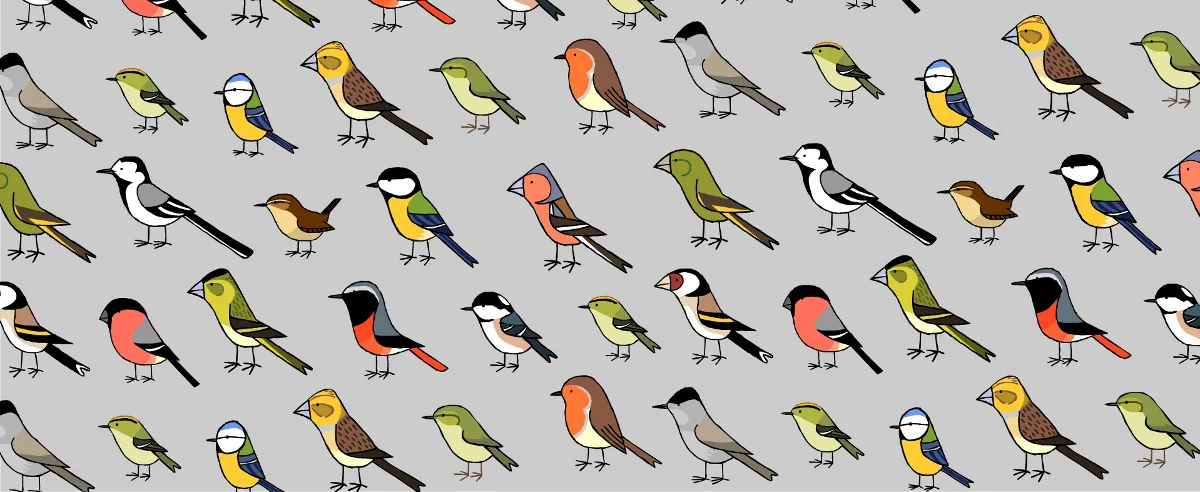Wood Thrush Notes: Where Are My Hummingbirds?
Are you seeing a good number of hummingbirds? Or perhaps you are seeing fewer hummers than you think you should? Believe it or not, both of these are normal and quite common for this time of year. Around the shop, we’ve been hearing a mix of both from folks and we’d like to take a few moments to talk about it!
Male Ruby-throated Hummingbird
Photo by Eli Haislip
If you so happen to fall into the camp of people that are seeing fewer hummingbirds, there are a several possible reasons why. First and foremost, feeder activity has yet to reach its peak. This will occur in late July, August, and September when all hummingbirds have concluded nesting and have turned their attention to fattening up for their long migration south.
Female Ruby-throated Hummingbird
Photo by Eli Haislip
Another possible reason why you might not be seeing hummingbirds is due to spoiled nectar. As we get into late spring and summer, this is one of the leading causes of a lack of activity at feeders. In hot weather, hummingbird nectar needs to be changed every 2-3 days to prevent it from going bad. Too often, we have folks tell us in October that they never saw a single bird. When asked how often they changed the nectar, all too frequently we will hear that after putting up their feeder in April, they never changed the nectar. Spoiled nectar is one of the easiest ways to ensure you don’t get hummingbirds visiting your feeder.
Perhaps you fall into the group of people that are already seeing hummingbirds, but you want to see more. Aside from adding another feeder, there is more you can do! Want to know a low maintenance hummingbird feeder that doesn’t require cleaning or filling? Flowers! Flowers are a natural and easy way to entice hummingbirds, and they are more attractive than any hummingbird feeder. In our experience, any tubular shaped flower with a bright color will work well. My personal favorite is Blue Salvia, with its beautiful deep blue flowers that bloom through the summer till the first hard frost; although Columbine, Trumpet Vine, Butterfly Bush, Cardinal Flower, and Phlox are also beautiful and effective options.
Blue Salvia
Photo by Eli Haislip







